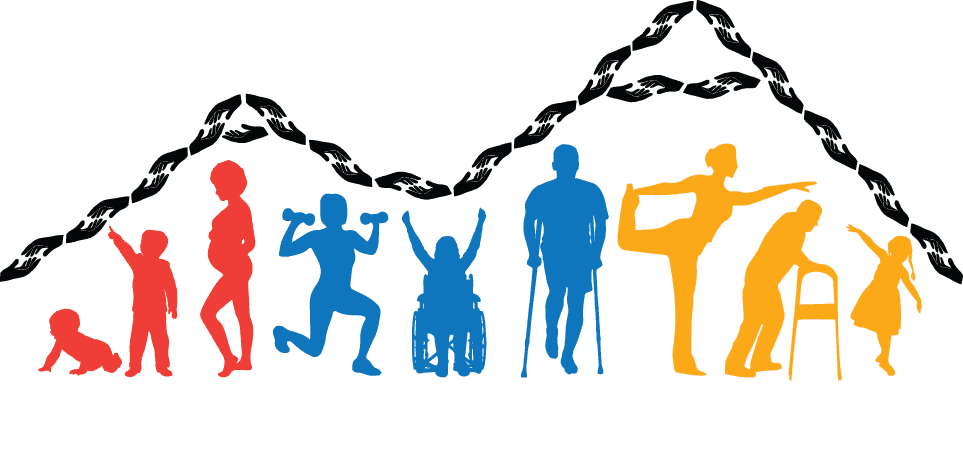Stroke Overview
Stroke /Cerebrovascular Accident (CVA): disease of cerebral vasculature resulting in failure to supply oxygen to cells.
- Two types
- Ischemic (~80%):
- Thrombotic stroke: development of abnormalities in arterial vessel wall
- Common causes: Artherosclerosis (buildup of plaque in artery- most common), dissections, and external compression of vessels.
- Embolic stroke: plaque clots (thrombi) that block, or travel and lodge in blood vessels blocking blood flow. Usually presents as an abrupt and sudden onset of symptoms.
- Blood vessels typically involved: middle cerebral artery (MCA), Posterior cerebral artery (PCA), and other areas of vertebral artery branches; more rarely, can involve artery, proximal internal carotid artery, patent foramen ovale (PFO)- pediatric patients, and metastatic tumors.
- Thrombotic stroke: development of abnormalities in arterial vessel wall
- Hemorrhagic (~20%): cerebellar bleeding due to artery wall bursting due to weakness from ballooning (aneurysm) or torn artery
- Ischemic (~80%):
Arteries of the brain
- Crucial to know location of CVA, areas of brain supplied by each artery and anticipated areas of deficit.
Netter (2014), plate 141.
Areas to assess & treat:
- Level of pain
- Cognition
- Safety awareness, insight, judgment and impulsivity
- Skin integrity and ability to weightshift independently
- Range of motion and manual muscle testing- all joints and extremities, with exception for those with precautions or weight bearing restrictions
- Flaciddity or hemiparesis
- Strength, dexterity and coordination
- Proprioception
- Sensation: sharp/dull, hot/cold
- Motor planning
- Vision & oculomotor control, pupil alignment; smooth pursuits,saccades, nystagmus
- Neglect, inattention, hemianopsia
- Balance, seated vs standing (only if standing is safe)- is patient leaning towards one side or the other? Does the patient recognize deviation from midline?
- Vitals management
- Self Care
- Transfers/ mobility
- Tone
- Synergy Pattern
Clinical Resources
- Article Agreed definitions and a shared vision for new standards in stroke recovery research_ The Stroke Recovery and Rehabilitation Roundtable taskforce
- Article Development and Standardization of a New Cognitive Assessment Test Battery for Chinese Aphasic Patients_ A Preliminary Study
- Article Effects of Continuous Passive Motion on the Edematous Hands of Two Persons Wit11 Flaccid Hemiplegia
- Article Experience and Brain Development
- Article Finding the Intersection of Neuroplasticity Stroke Recovery and Learning
- Article Harnessing Neuroplasticity for Clinical Applications
- Article Imaging Brain Plasticity during Motor Skills Learning
- Article Reorganization and Plastic changes of the human brain
- Article Single Case Design Evaluation of Compression Therapy for Edema of the Stroke Affected Hand
- Article Speaking of Stroke_ Why Speech May be Affected by Stroke
- Article Upper Extremity Proprioception for CVA Populations
- Assisting with Tobacco Cessation — Medication Options
- Cardiovascular Risk and Dyslipidemia Management
- FAST
- Medications for Tobacco Use Cessation
- New frontiers in Stroke Diagnosis and Management
- Presentation Perceptions of Stroke Risk Factors Warning Signs and Rehab Services
- Smoking Cessation Guideline Part1
- Tobacco Intervention Pocket Card
- OT Practice Guidelines_Stroke
Patient Education
- ASA HOPE Stroke Recovery Guide
- FAST 1
- High Blood Pressure Increases Risk of Stroke Infographic
- I Will Prevent Another Heart Attack or Stroke Infographic
- Lets Talk About Lifestyle Changes to Prevent Stroke
- Life After Stroke Guide for Patients and Caregivers
- Lifes Simple 7 Quit Smoking Infographic
- Secondary Stroke Prevention Checklist
- One Handed Techniques.en_.hy_
